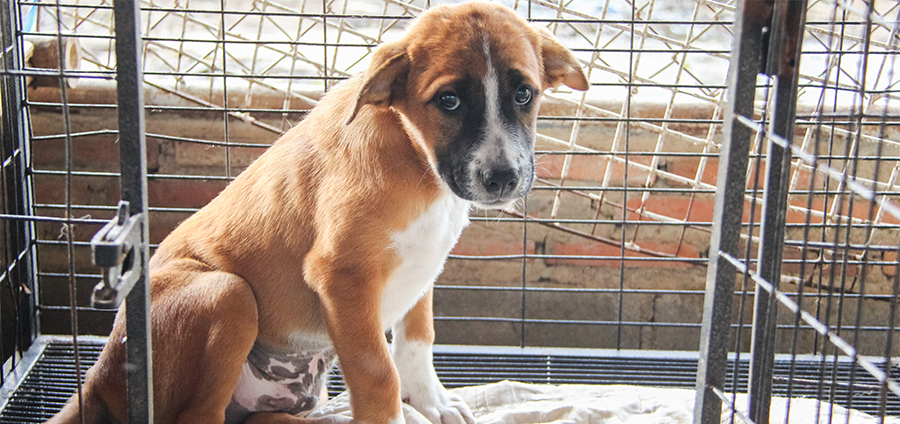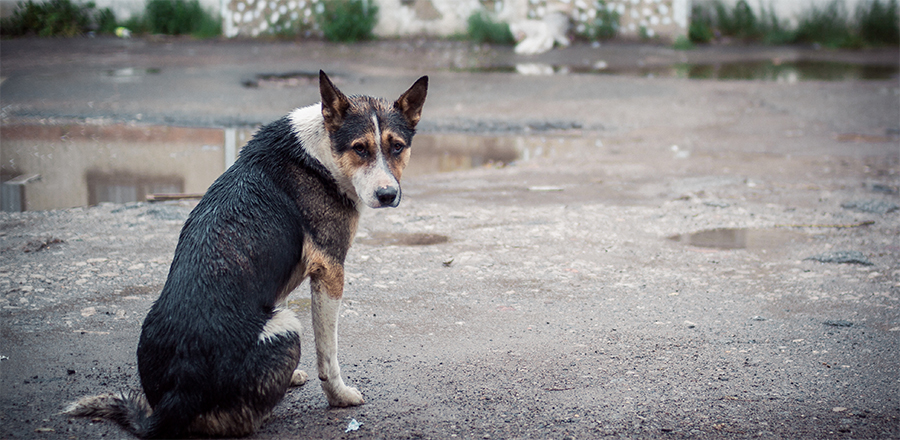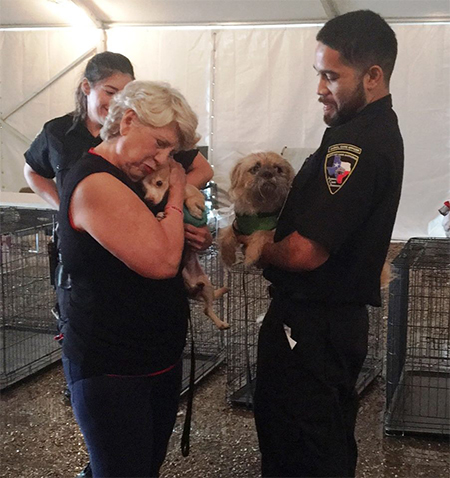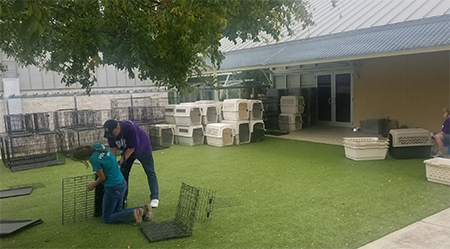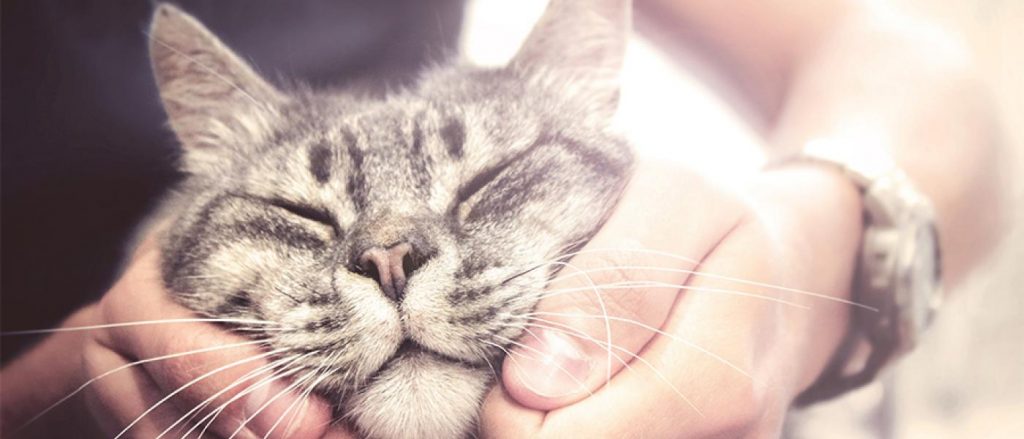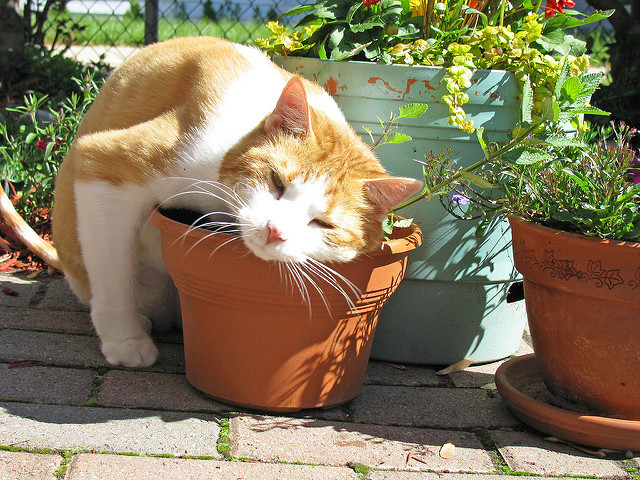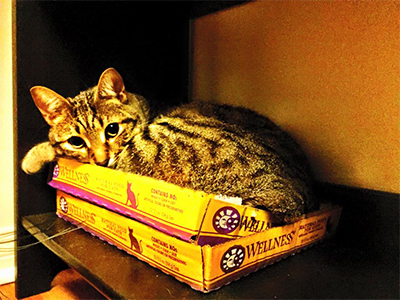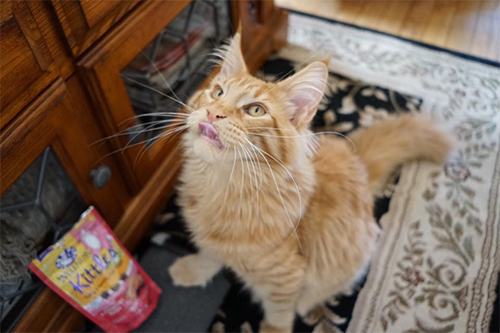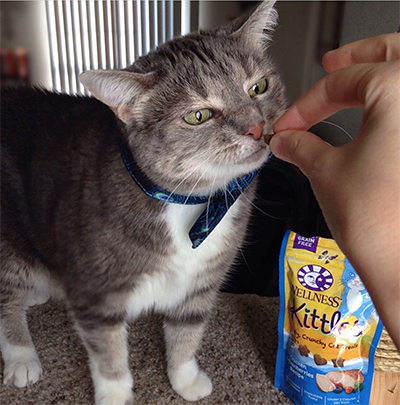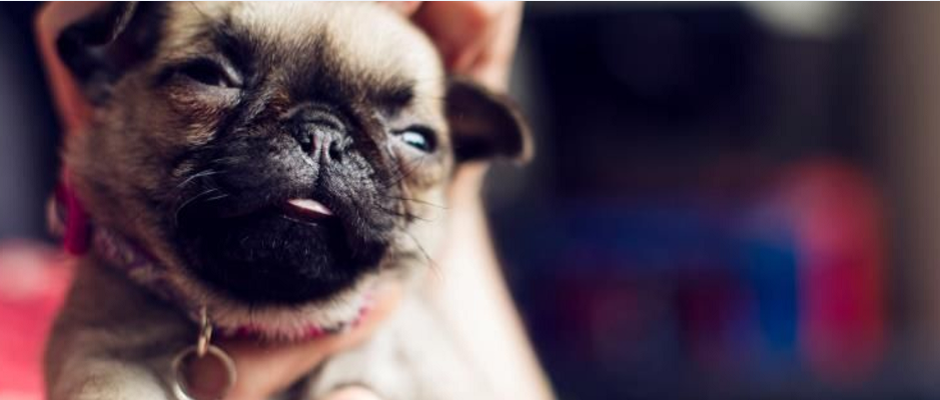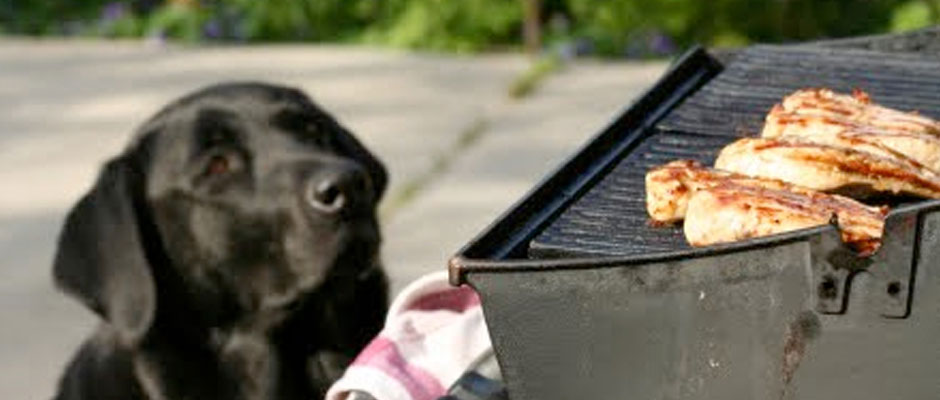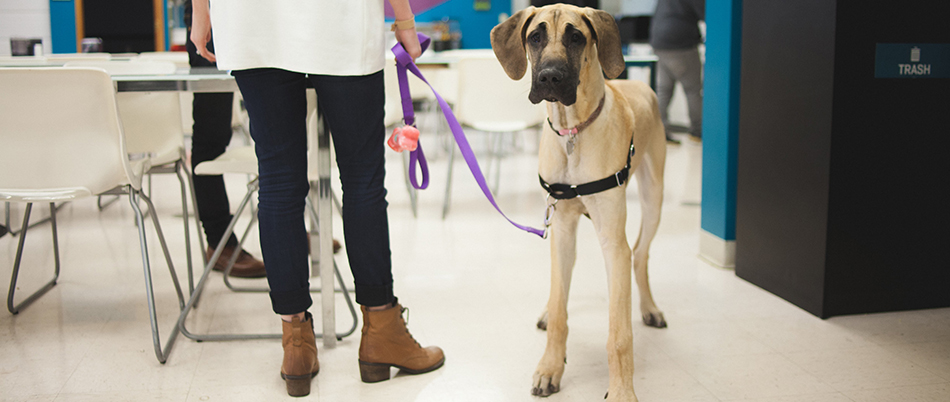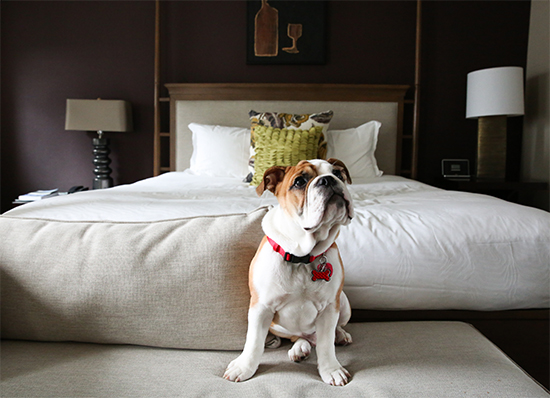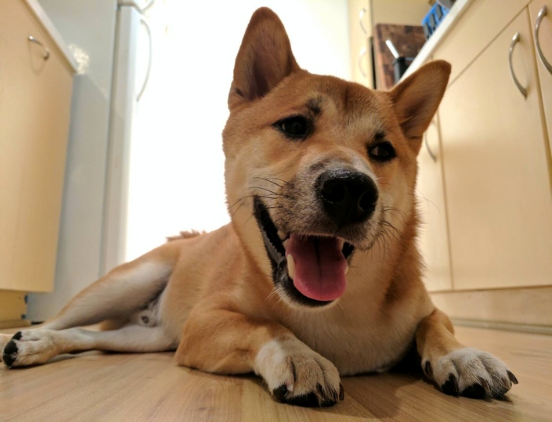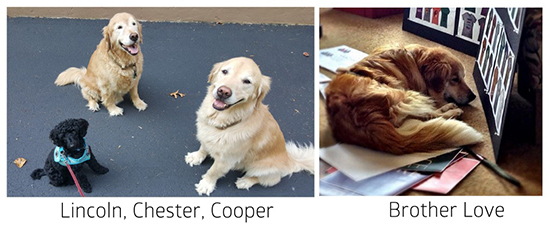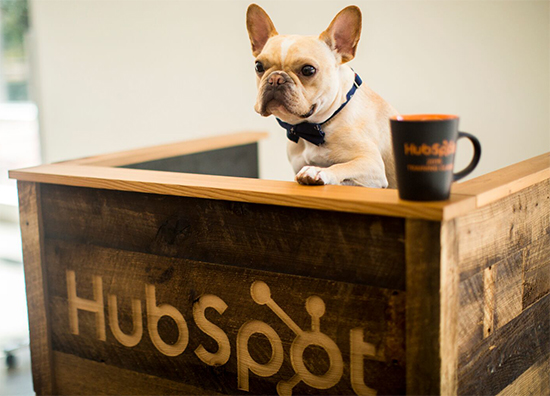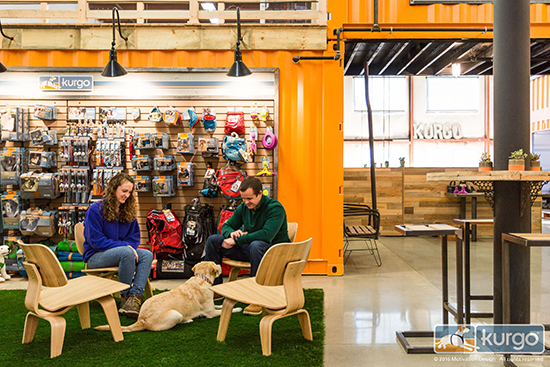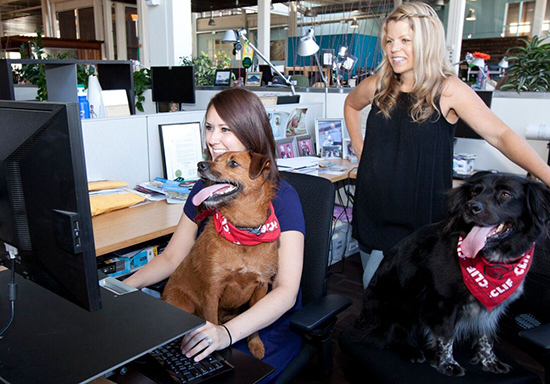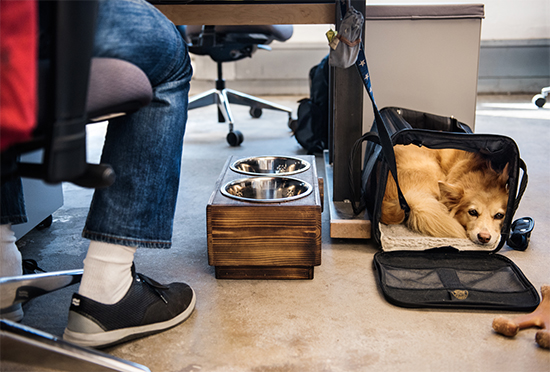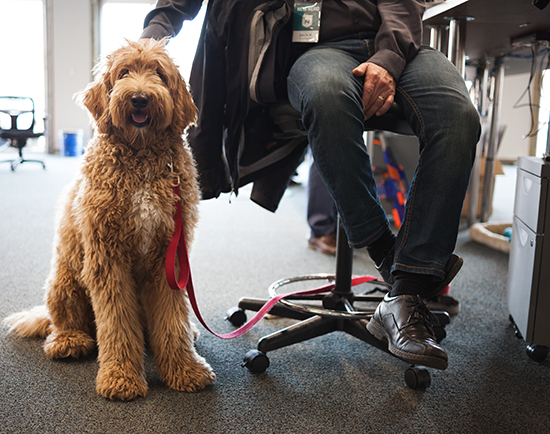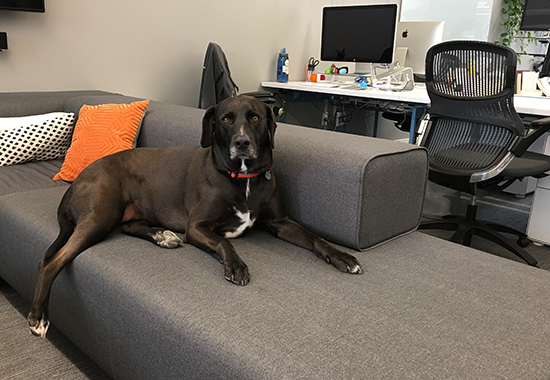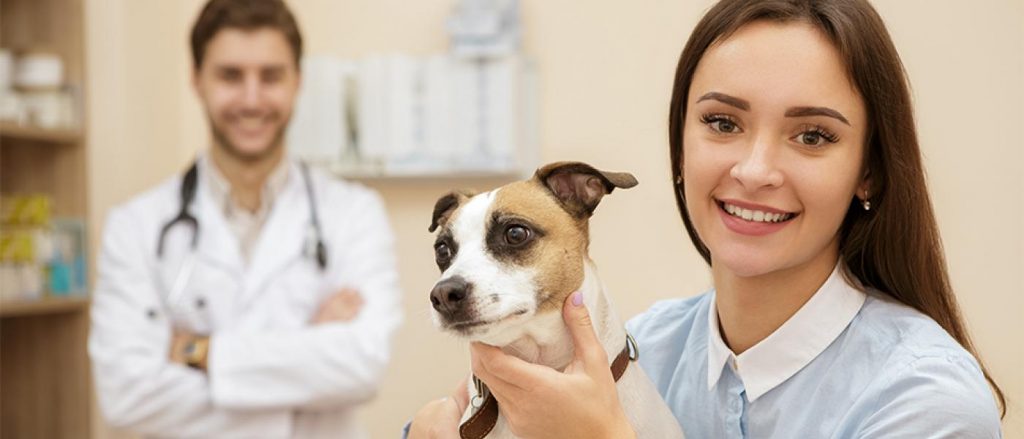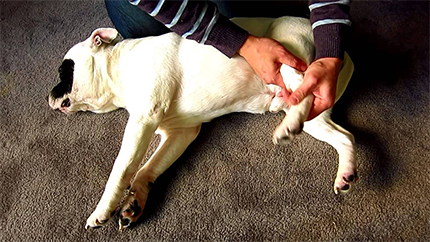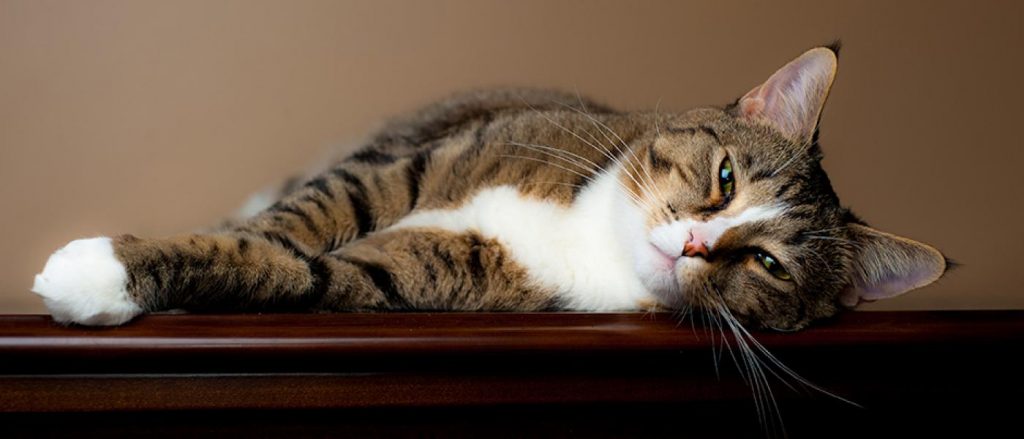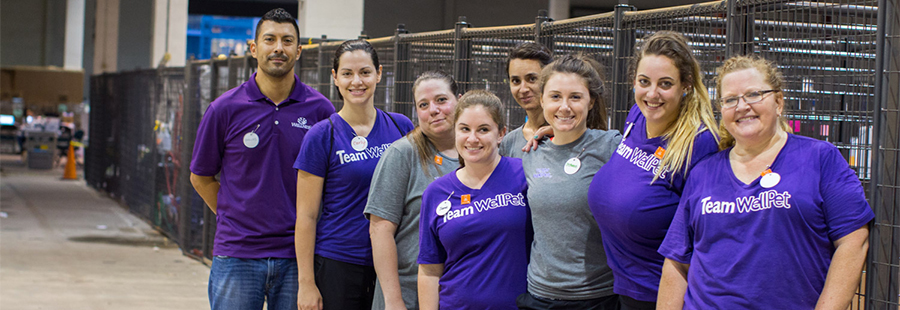
In September, eight fellow WellPet employees and I had the amazing opportunity to travel directly into hard-hit Houston, Texas, to care for pets displaced by Hurricane Harvey. With only two days of prep time, we packed our bags and made arrangements for our own pets while we’d be away. We had some expectations, but nothing could’ve fully readied us for the experience. In our own words, here’s a recap of our volunteer trip with Best Friends Animal Society:
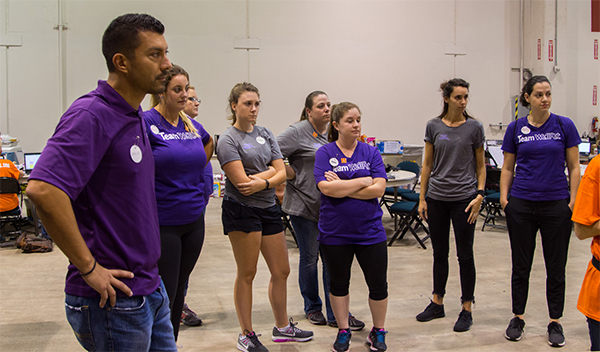
Here we are on Day 1, staring down a mountain of boxed dog runs. After assembling the first few, we got into a pretty good rhythm. Picturing the dogs with their own private space kept us moving.
A lot of effort goes into caring for the animals. There were over 400 animals. When we first arrived, there weren’t enough volunteers, and the staff was so excited that we brought a group to help. Right away, we started building dog runs─ either 4 x 4 ft or 4 x 8 ft. for different sized dogs.
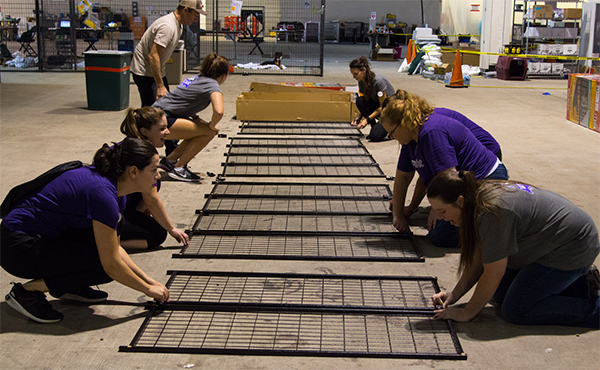
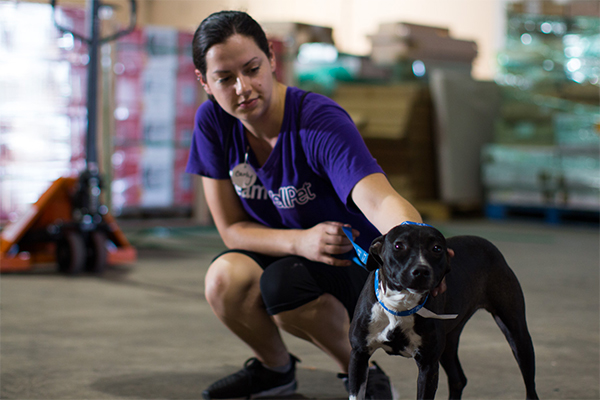
This sweet puppy didn’t want to go back to her crate after her walk, so I had to do a bit of coaxing, finally picking her up for some snuggles before she went back.
Working at Wellness Pet Food, pet health is something we talk about every day. The food we make is high quality and helps pets be at their best health. But caring directly for animals in less fortunate situations was a really important experience. – Carly W., WellPet Marketing
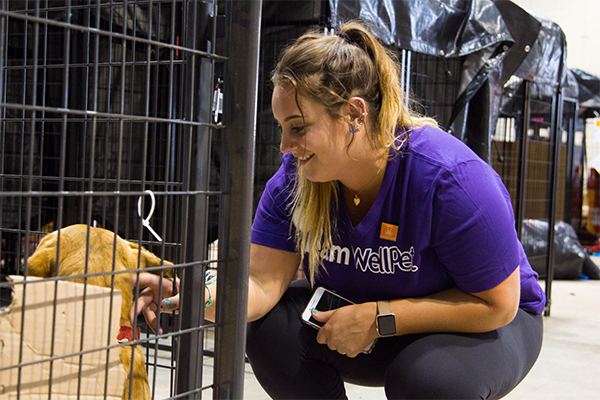
Emily gives a sweet pup some affection on Day 1.
We met a family on the airplane who lost their home. They had five feet of water in their house. They made it out with their four pets, but so many pets weren’t so lucky. –Emily O., WellPet Research & Development
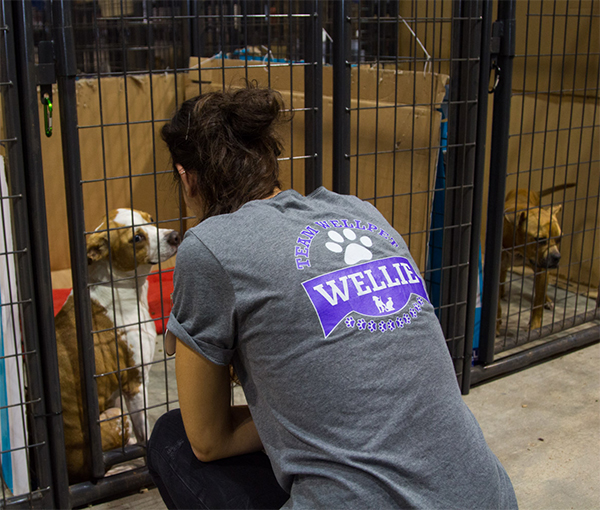
Maria gives a pup lots of attention on Day 1.
They don’t understand what happened so they end up feeling lost and abandoned. I was thrilled when I got this opportunity. I absolutely love doing this. It makes me feel good these little dogs and cats have someone taking care of them. -Maria P., WellPet Graphic Designer
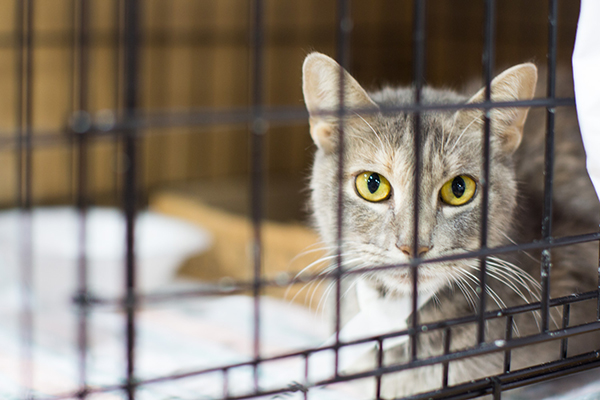
A beautiful kitty displaced by Hurricane Harvey gets a little love from our team.
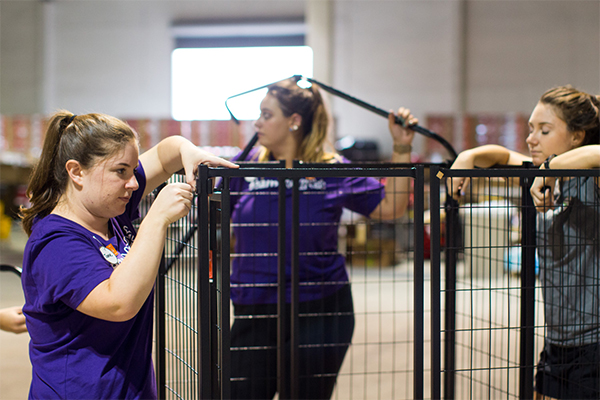
Jamie, left, helps assemble dog runs on Day 1.
It’s great to have the chance to interact with pets. I usually spend the day looking at formulas, and focusing on the pets’ nutrition, but to be here shows us why we do what we do. –Jamie C., WellPet Product Development

Joan, on Day 1, tightening brackets that hold together the dog runs.
I’ve always wanted to do something like this, and I’d do it again in a heartbeat.
–Joan B., WellPet Consumer Affairs
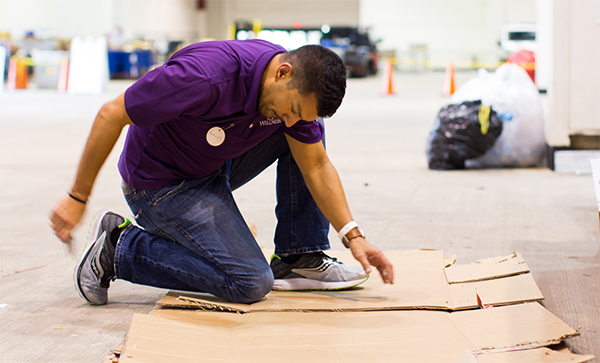
Carlos, Day 1, cutting cardboard to be placed between dog crates.
Our team was a welcome sight as the facility was undermanned for the work needing to be done, and we immediately jumped into the mix assembling housing to get ahead of the pet arrivals. –Carlos C., WellPet Sales Director
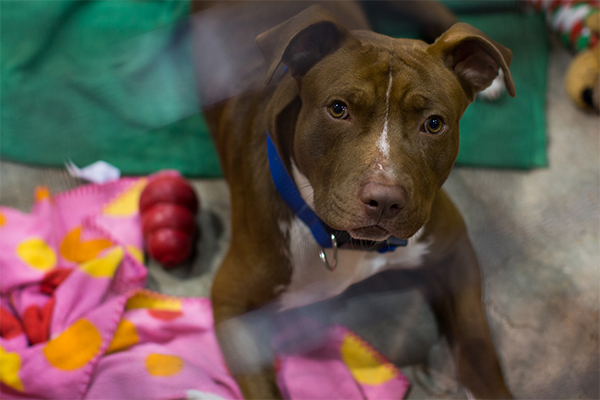
This handsome dog was at the front of the facility and was a friendly greeter to all who walked through. Here he is locking eyes with us.
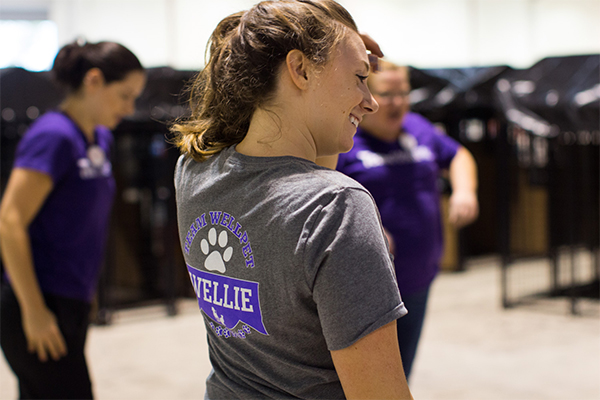
Stephanie, Day 1, takes a breath before starting another dog run build.
Many of the pets are stressed. It’s sad they are in tight quarters, but it’s nice that they are getting fed and cared for. – Stephanie C., WellPet Research & Development
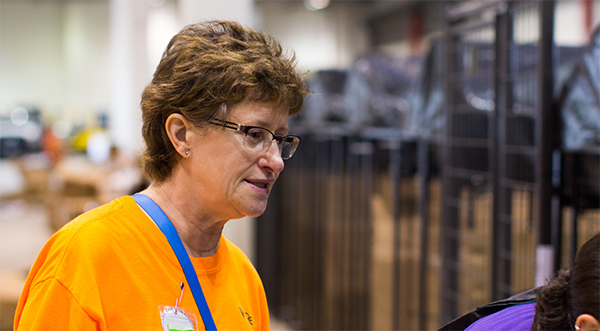
Deb saying hello to one of her favorite pups, a sweet, stocky pit mix.
There are big dogs, little dogs, puppies, kittens, and dogs are still coming. Some found as strays, one family dropped their dog off and they will come back once they find permanent shelter. –Deb S, WellPet IT
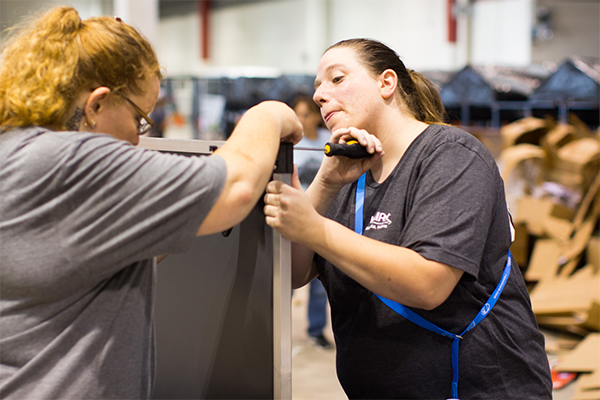
Misty, Day 2, building a raised dog bed which provides dogs a comfortable place to sleep.
Working for a company that’s willing to give back to the community makes me proud. I like to help both humans and animals; it gives me a sense of accomplishment. –Misty C., WellPet Mishawaka Quality Assurance
The work may have been physically demanding, and working with the pets was, at times, emotionally challenging. But being able to see our efforts directly impacting dogs and cats who needed us pushed us to walk one more dog, assemble one more crate, and pitch in anywhere else help was needed.
Check us out on Facebook for updates on what else Wellness Pet Food is up to, and see the full photo album of our Houston trip.
We urge anyone who is in the Houston area, or who is able to make a trip, to volunteer with Best Friends or a similar organization. We expect the need for volunteers on the ground in Houston will continue for weeks or months to come.





